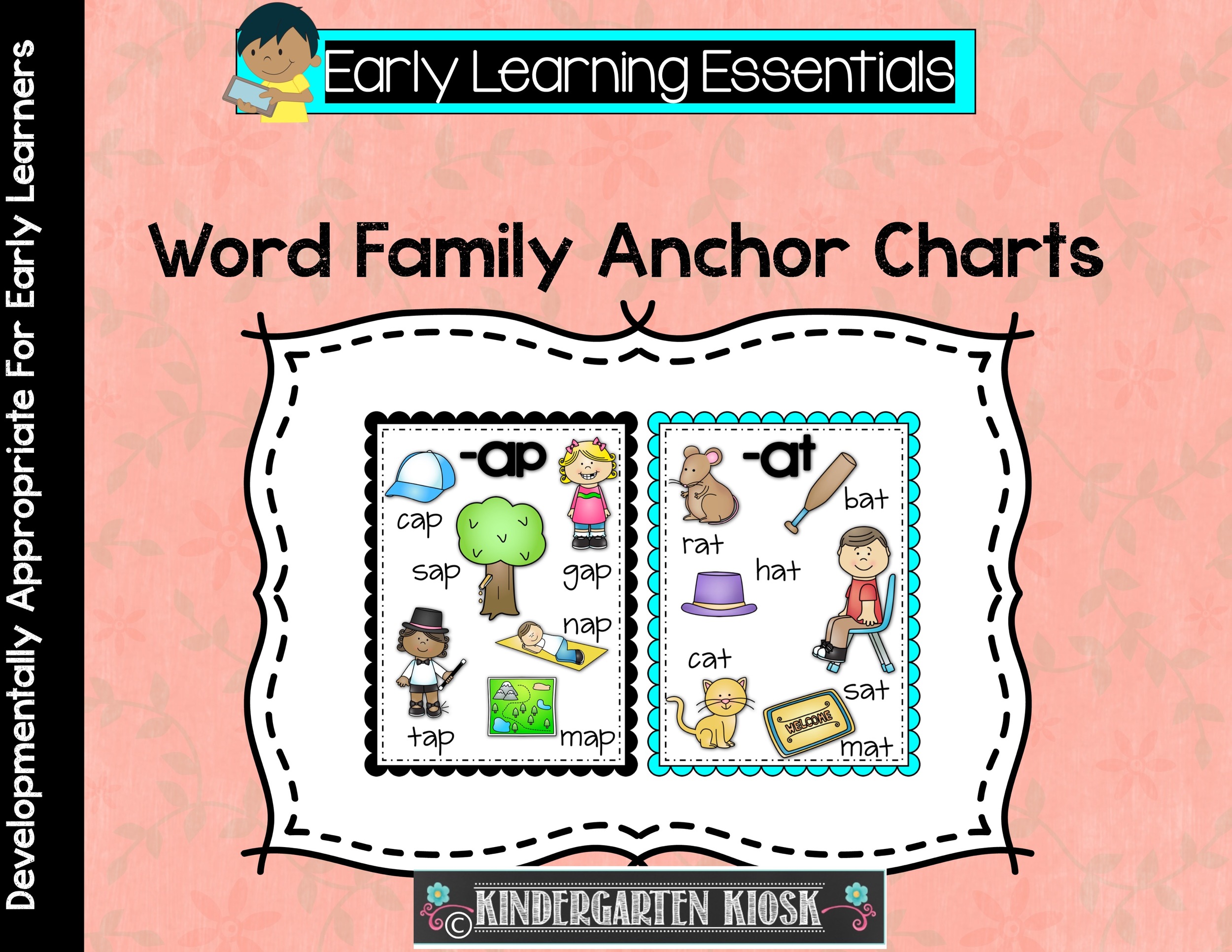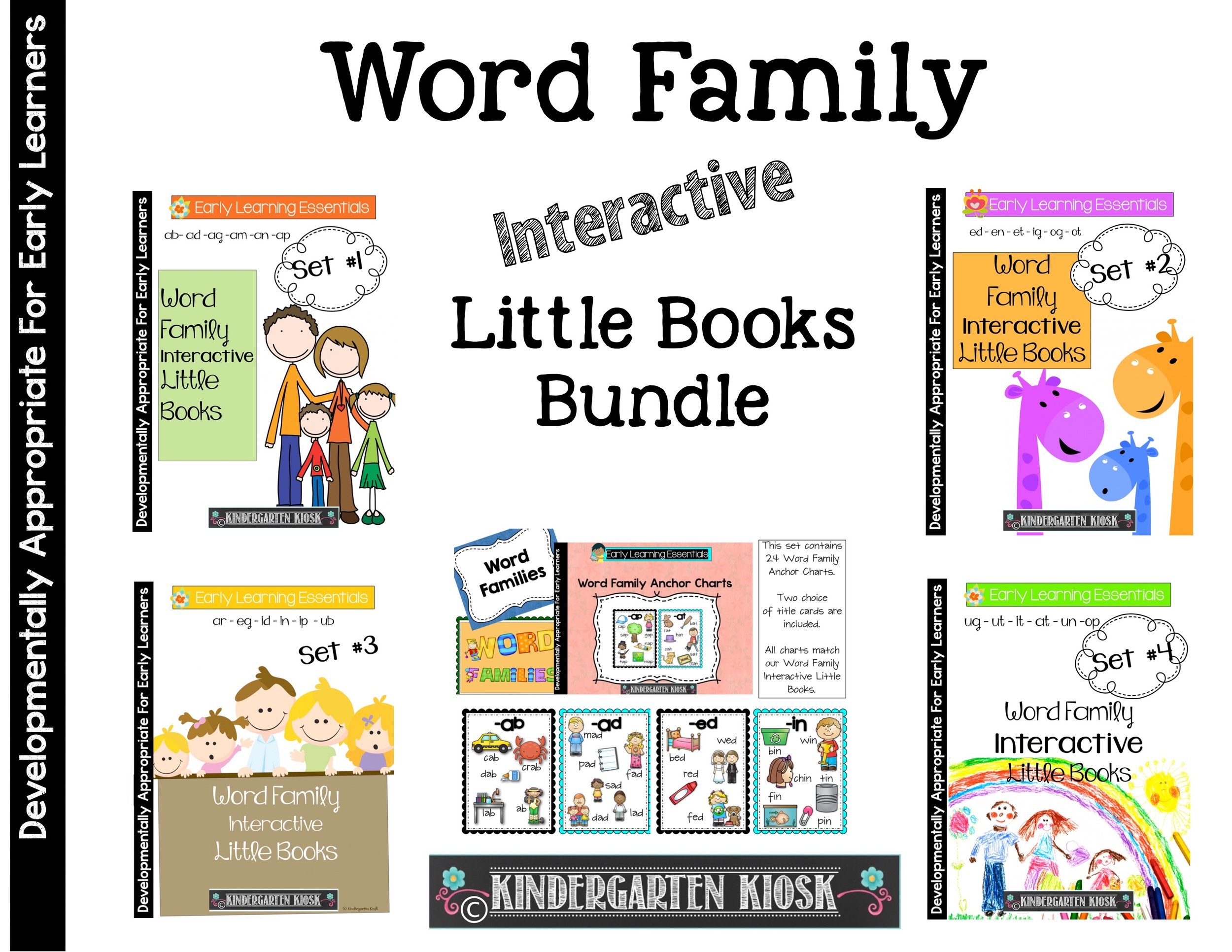Unlocking Literacy Through Word Families
The Importance of Rhyming and Phonics and the Science of Reading
Teaching children to read involves developing both phonological awareness and phonics skills. Phonological awareness includes skills like rhyming, where children learn to recognize and produce rhymes by listening to the sounds within words. Phonics, on the other hand, involves connecting these auditory skills to the written word, enabling children to decode text.
Rhyming is a crucial literacy skill, often introduced through songs and rhyming books. As children become adept at matching and generating rhymes, they can focus more on the sound structure within words, laying a foundation for reading.
Challenges and Solutions
While many children naturally develop the ability to rhyme through engaging activities like games, songs, and reading, some may find it challenging. For these students, word families can be an effective teaching tool. Word families are groups of words with a common feature or pattern, helping students to recognize similarities and decode new words more easily.
Teaching word families is particularly beneficial for new or struggling readers, as it helps them quickly become familiar with patterns present in similar words. When students learn to recognize the pattern of a phonogram, they can significantly increase the number of words they are able to read.
Practical Tips for Teaching Word Families
Whether using a commercial product, purchased games, or simply writing a word family list on the board, reinforcing the skill of recognizing word families is essential. Here are some practical steps you can take:
Introduce Word Families: Start with simple word families and gradually introduce more complex ones. Use anchor charts as a visual aid to introduce new word families.
Practice Decoding: Have students read or decode each word within the family individually, then read through the entire list quickly. This practice helps reinforce their understanding of word patterns.
Emphasize Patterns: Help students notice that the middle and end sounds are consistent across the word family, as well as the letters that represent those sounds.
Interactive Activities: Use worksheets, interactive little books, or writing activities on whiteboards to practice word families in a fun and engaging way. Change the word family daily to keep the learning experience fresh and dynamic.
By incorporating these methods, you can effectively teach rhyming and phonics through word families, helping young readers to develop essential literacy skills in an enjoyable and engaging manner.
You might enjoy our Podcast on Teaching Rhymes
Check our our Word Family Supporting Products.





